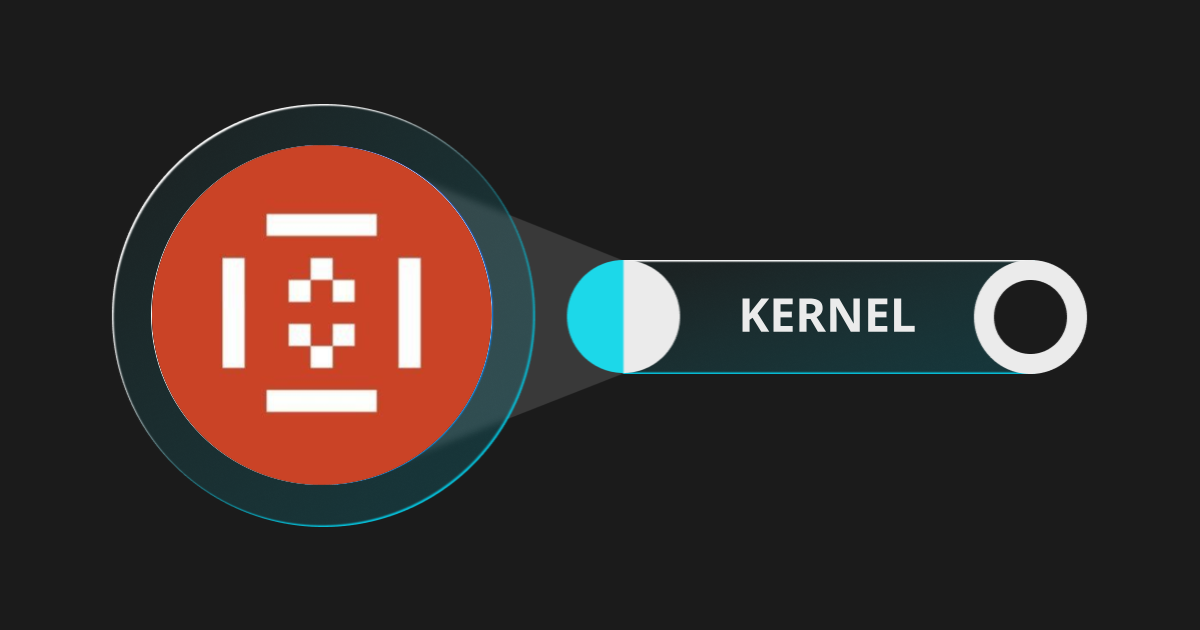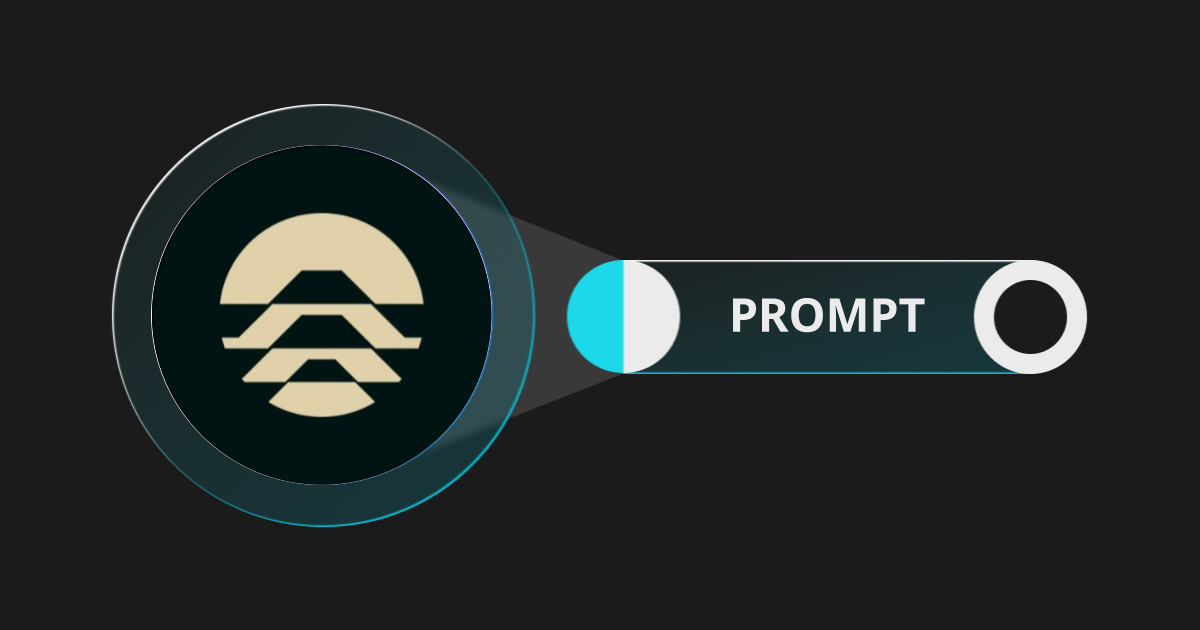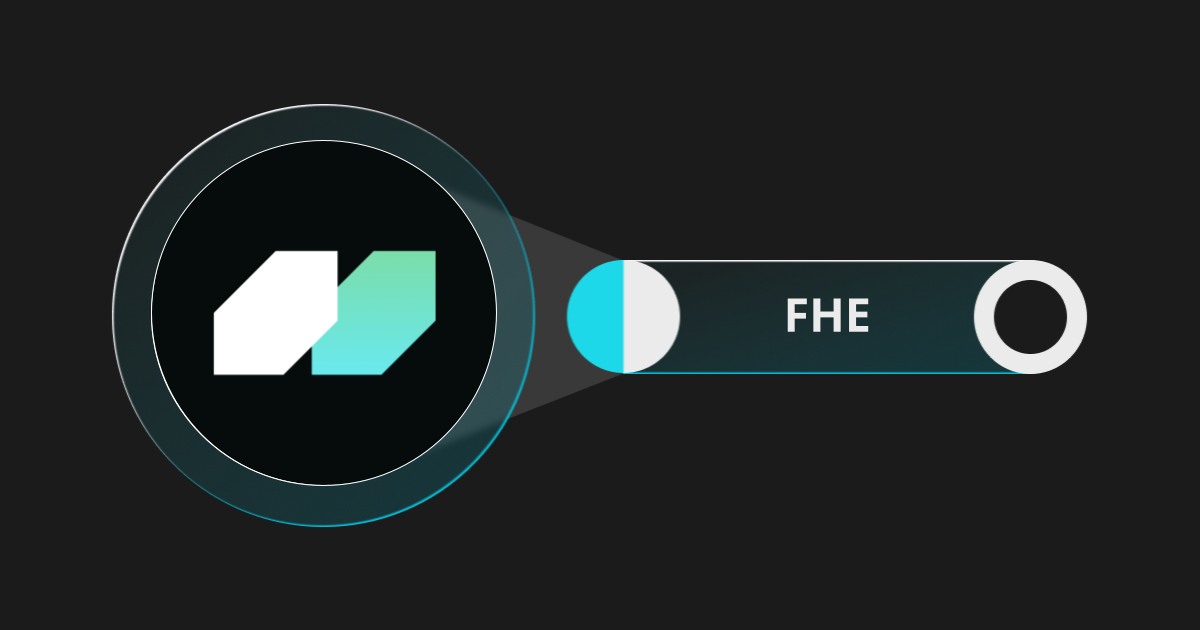
Introduction to Avalanche (AVAX)
Born in September 2021 at the height of a bull market, Avalanche (AVAX) boasts itself as an eco-friendly, low-cost, and fast-paced blockchain of the future. Does it live up to its words? Let's find out.
What is Avalanche?
Blockchain advocates (sometimes blindly) claim that blockchain will bring about revolution, especially a financial one. While blockchain and cryptocurrency have achieved certain milestones and recognition in the public eyes, the route to mass adoption and total replacement of traditional means is still rocky. The main challenges of blockchain that skeptics often mention include the fiendish energy-consumption, counterintuitive complicated processes, lack of investor protection, and good old fear of the unknown.
After more than a decade of hard work of developers from all over the world, these remain major obstacles for the technology.
In 2020, a group of developers took advantage of the Proof-of-Stake (POS) mechanism to come up with a new blockchain called Avalanche. POS is widely known to consume much less energy than their predecessor, Proof-of-Work (POW), because the former relies on voting to update data on the blockchain while the latter depends on the computing arms race among validators. Besides, POW is notoriously complex and hard to scale up, which makes it susceptible to network delays and congestion when the number of users and transactions increase. In fact, this happened to Ethereum in the bull market of 2020-2021; a transaction could take hundreds of USD of fee and days of waiting, but it might not go through despite all the hassles.
In contrast to the disadvantages of POW, POS enables Avalanche to have incredible speed and scalability. Avalanche claims on their website to be "the fastest smart contracts platform in the blockchain industry, as measured by time-to-finality, and has the most validators securing its activity of any proof-of-stake protocol". And they even have the numbers to prove it.
What does Avalanche do?
According to the Avalanche Platform Whitepaper, Avalanche's goal is to provide the necessary tools and platforms for developers to build and run
(1) application-specific blockchains (both private and public blockchains)
(2) highly scalable dapps.
(3) complex smart contracts and smart assets
Avalanche has three built-in blockchains:
- Exchange Chain (X-Chain) is where digital assets are created and traded.
- Platform Chain (P-Chain) is where the numerous subnets of Avalanche are created and validators are coordinated. People can also build custom blockchains on the P-Chain.
- Contract Chain (C-Chain) is where all smart contracts are built and maintained.
These three chains are validated and secured by the Primary Network, a special subnet within the Avalanche blockchain.
With the clear designation of tasks among three blockchains, it can clearly be seen why and how Avalanche can deliver such a superb transaction speed with low fee compared to other blockchains. Furthermore, this design enables Avalanche to work in an efficient manner without consuming too much energy like other blockchains.
Created by a group of well-known blockchain experts and professors, Avalanche has attracted a huge amount of attention and capitals from big institutions such as Andreessen Horowitz, Mastercard, etc. The data from Defi Llama shows that the total value locked in Avalanche at the moment is $2.65 billion, ranking fourth in all blockchains. Considering Avalanche was only released two years ago, this number is very convincing of its potentials.
AVAX
AVAX is the native token of the Avalanche blockchain. To do anything on Avalanche, you need AVAX. One special thing about AVAX is that the AVAX collected as transaction fee is burned 100%, making AVAX rarer by seconds. Those with more than 2000 AVAX tokens can join as a validator and earn up to 11% APY in AVAX.
AVAX Tokenomics can be seen below:
Staking Rewards: 50%.
Public Sale: 10%.
Team: 10%.
Foundation: 9.26%.
Community and Dev Endowment: 7%.
Strategic Partners: 5%.
Private Sale: 3.46%.
Seed Sale: 2.5%..
Airdrop: 2.5%.
Testnet Incentive Program: 0.28%.
The total capped supply of AVAX is 720 million and half of them, which is 360 million AVAX tokens, were released at the genesis block. The remaining is being emitted according to a set formula in the Avalanche whitepaper, and the emission rate can be changed to adapt to different economic conditions. The current token holders will vote on the new emission rate if there is one. Today, there are more than 404 million AVAX tokens in circulation.
AVAX was sold during Avalanche's ICO in 2020 at the price of $0.5 each. As of now (July 2022), AVAX is traded on Bitget at the price of $17.69, a 35.4 times increase from ICO price.
How to buy AVAX
The easiest way to buy AVAX is to purchase it via an exchange that allows credit cards like Bitget. You can spot trade AVAX/USDT or AVAX/USDC right now on Bitget. For more advanced traders, you can trade AVAX futures here.
Disclaimer: All products and projects listed in this article are not endorsements and are provided for informational purposes only.
Follow Bitget Academy for more insights:
Twitter | Telegram | LinkedIn | Facebook | Instagram



